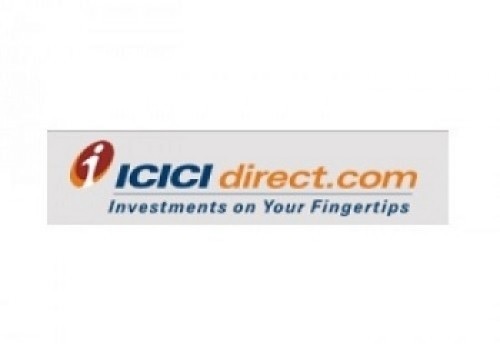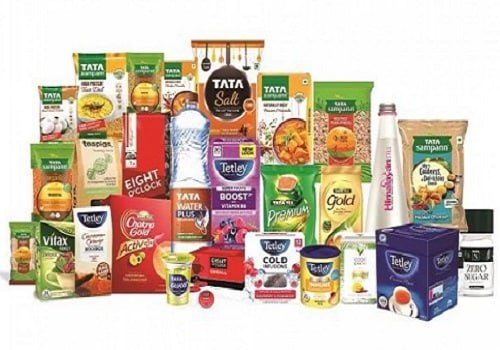Sensex, Nifty end flat with negative bias
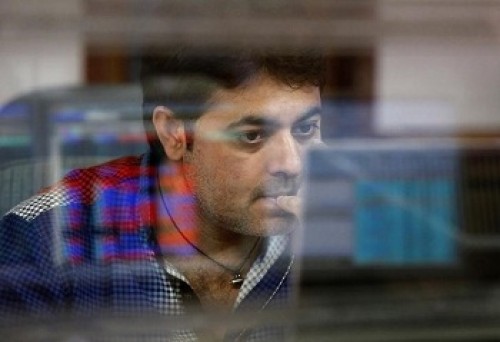
Follow us Now on Telegram ! Get daily 10 - 12 important updates on Business, Finance and Investment. Join our Telegram Channel
Indian equity benchmarks ended the day flat with negative bias after witnessing volatility on Thursday as market participants remained on sidelines ahead of the Reserve Bank of India's monetary policy decision due on Friday. Key gauges made positive start, as traders took some support as the finance ministry released the fifth instalment of revenue deficit grant of Rs 7,183 crore to 14 states for the current fiscal. Some support also came with a report that the Confederation of Indian Industry president Sanjiv Bajaj asked the Central government to contemplate reducing the personal income tax rates to spur economic activities. He also said the country's underlying growth drivers are strong and the economy would grow in the range of 7.4 per cent to 8.2 per cent in the next fiscal. Traders took note of report that the government plans to facilitate easier financing norms to activities pertaining to the manufacturing and services hubs envisaged under the proposed revamped law for Special Economic Zones (SEZs), also known as Development (Enterprise and Services) Hub Bill, 2022.
However, markets erased all of their gains and fell sharply in afternoon deals, as traders got anxious with the government data showed that India's foreign direct investment to gross domestic product ratio eased to 2.7% in fiscal year ending March 31, 2022 from 3.1% in the previous financial year. But, markets managed to trim most of losses in late afternoon trade, as traders found some solace with from domestic rating agency’s report in which it has revised the growth estimate for Housing Finance Companies (HFCs) to 10-12 per cent for FY23 from an earlier projection of 9-11 per cent. It noted that the upwards revision of the growth of HFCs was in expectation of a continued improvement in disbursements. Meanwhile, SEBI has restructured its advisory committee on market data that recommends policy measures pertaining to securities market data access and privacy.
On the global front, Asian markets settled mostly higher on Thursday as traders reacted positively to some upbeat U.S. economic data on services sector activity and manufactured goods new orders, which helped ease concerns about a lingering recession and sharper interest rate hikes. However, rising tensions between the U.S. and China after House Speaker Nancy Pelosi's visit to Taiwan and the threatened response by China is weighing on the market. European markets were trading higher after data showed Germany's factory orders fell less than feared in June.
Back home, sugar industry stocks were buzzing as the Cabinet hiked the fair and remunerative price (FRP) of sugarcane for the 2022-23 season, which starts from October, by Rs 15 per quintal to Rs 305, triggering calls from sugar mills for a commensurate rise in the minimum sale price (MSP) of sugar to keep their businesses competitive. Auto stocks were in focus, as automobile retail sales in India dropped 8 per cent on an annual basis in July on account of fall in registrations of passenger vehicles, two-wheelers and tractors. As per data released by the automobile dealers' body FADA on Thursday, the overall automobile retail sales last month stood at 14,36,927 units, as compared with 15,59,106 units in July 2021. Railways stocks were in limelight as Indian Railways transported 122.14 million tonnes (mt) freight in July, marking an 8.25 per cent increase against the same period last year as it ferries coal to power plants.
Finally, the BSE Sensex fell 51.73 points or 0.09% to 58,298.80 and the CNX Nifty was down by 6.15 points or 0.04% to 17,382.00.
The BSE Sensex touched high and low of 58,712.66 and 57,577.05, respectively. There were 17 stocks advancing against 13 stocks declining on the index.
The broader indices ended in green; the BSE Mid cap index rose 0.29%, while Small cap index was up by 0.25%.
The top gaining sectoral indices on the BSE were Healthcare up by 1.93%, IT up by 1.23%, TECK up by 1.05%, Metal up by 1.01% and Consumer Durables up by 0.68%, while Telecom down by 1.14%, Realty down by 1.11%, PSU down by 1.05%, Bankex down by 0.71% and Utilities down by 0.70% were the top losing indices on BSE.
The top gainers on the Sensex were Sun Pharma up by 2.46%, Nestle up by 2.39%, Infosys up by 2.20%, Dr. Reddy's Lab up by 1.33% and Wipro up by 0.76%. On the flip side, NTPC down by 3.10%, SBI down by 1.46%, Reliance Industries down by 1.32%, Axis Bank down by 1.17% and Power Grid Corporation down by 1.10% were the top losers.
Meanwhile, with an aim to spur economic activities, the Confederation of Indian Industry (CII) president Sanjiv Bajaj has asked the Central government to contemplate reducing the personal income tax rates. He also said the country's underlying growth drivers are strong and the economy would grow in the range of 7.4 per cent to 8.2 per cent in the next fiscal. He noted that ‘putting more money in the pockets of the consumers is of vital importance to revive consumption demand in the economy. The government should contemplate a reduction in the rates of personal income tax in its next push for reform as this would increase disposable incomes and revive the demand cycle.’
Bajaj said ‘the Central and state capex are rising and tax buoyancy would support growth in FY23. Hence, on balance, CII has retained India's GDP forecast in a range of 7.4 to 8.2 per cent in FY23’. He also said the CII believes that there is a lot that industry and CII could do themselves in taking India to a $40 trillion goal post by 2047. He also maintained that India needs to boost its forex reserves to revive the economy especially in view of the capital outflows by foreign institutional investors, prompted by an uncertain global economic environment.
He opined ‘the government should work towards inclusion of some of the large market cap companies into the global equity indices like MSCI and FTSE indices, expedite India's entry into J P Morgan's Global Emerging-Market Bond Index and Barclays Global Bond Index, and consider bringing out a special issue of India Millennial Bonds like was done in 2008’. He also predicted that by 2027, some initiatives will make India a $5 trillion economy. Bajaj underscored the importance of expanding the Production Linked Incentive Scheme (PLIS) and bringing more sectors within its ambit, especially those which are labour intensive and also in sectors where imports are high.
The CNX Nifty traded in a range of 17,490.70 and 17,161.25. There were 23 stocks advancing against 27 stocks declining on the index.
The top gainers on Nifty were Cipla up by 3.18%, Nestle up by 2.45%, Sun Pharma up by 2.33%, Infosys up by 2.10% and Apollo Hospital up by 1.95%. On the flip side, NTPC down by 3.32%, Tata Consumer Product down by 3.05%, Coal India down by 2.38%, Shree Cement down by 1.60% and SBI down by 1.58% were the top losers.
European markets were trading higher; UK’s FTSE 100 increased 13.30 points or 0.18% to 7,458.98, France’s CAC increased 65.08 points or 1.01% to 6,537.14 and Germany’s DAX increased 172.85 points or 1.27% to 13,760.41.
Asian markets settled mostly higher on Thursday tracking Wall Street gains overnight as encouraging US economic data and solid earnings reports from big American companies including Starbucks eased recession concerns for now. June data on US durable goods orders and manufacturing topped forecasts, while business activity in the services sector hit a three-month high of 56.7 percent in July. Chinese shares rose notably as investor attention has now turned to signs that infrastructure investment is picking up momentum as Beijing seeks to revive its economy. Japanese shares advanced as weaker yen lifted some exporters, but some gains were limited as the country's biggest automaker posted a large drop in quarterly earnings.
Above views are of the author and not of the website kindly read disclaimer

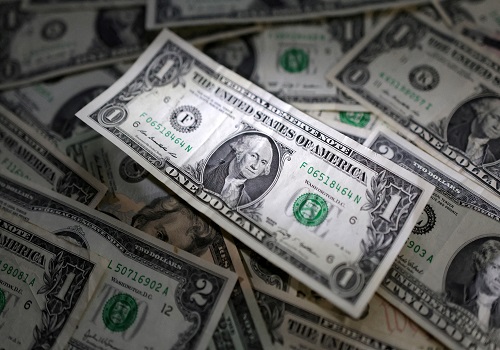
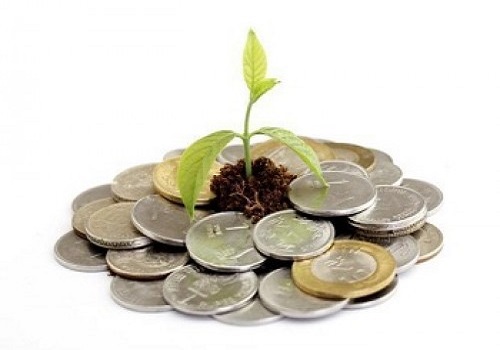
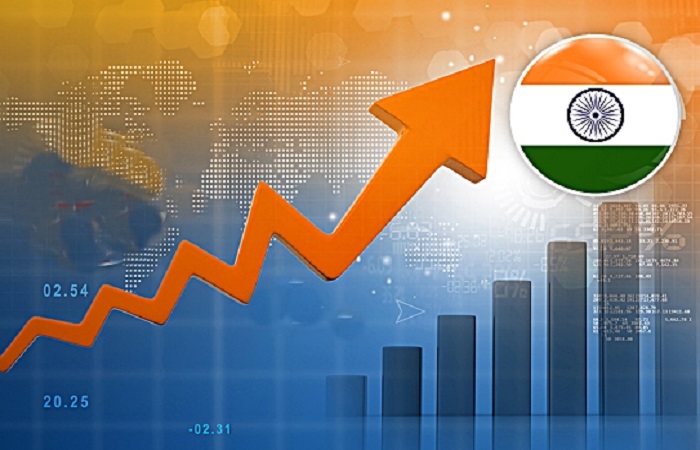
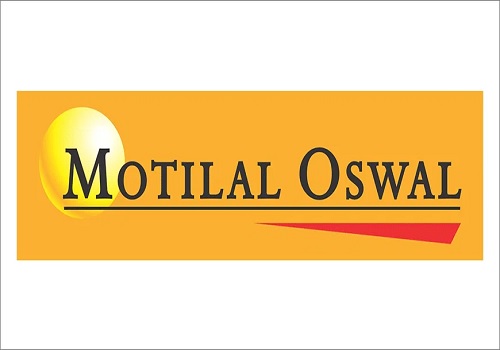

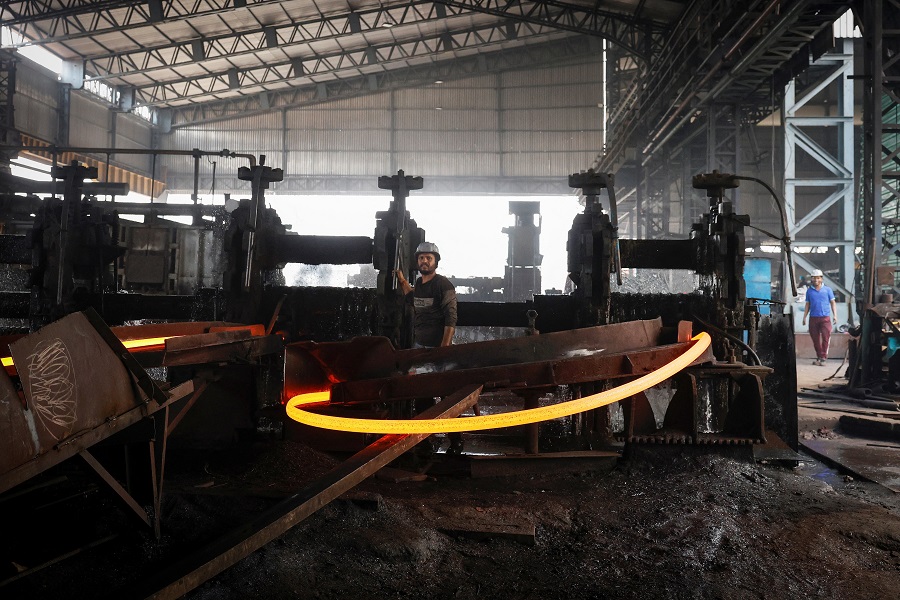



Top News
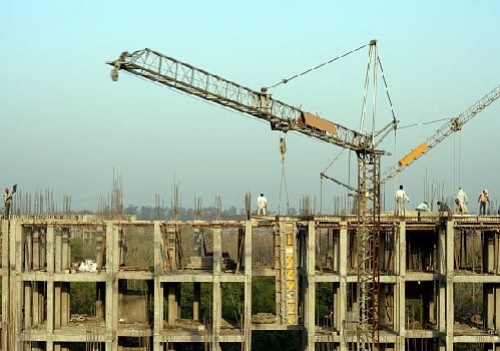
Brigade Enterprises gains on reporting 48% rise in sales bookings during October- December q...
Tag News

Weekly Market Analysis : Markets strengthened recovery and gained nearly 2% in the passing w...
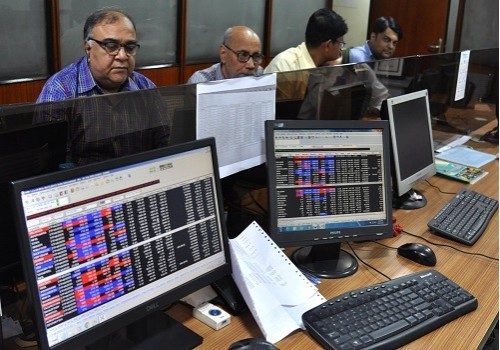
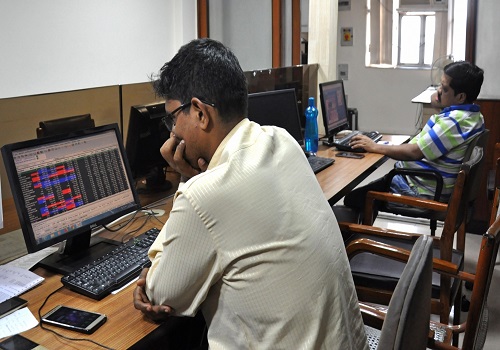
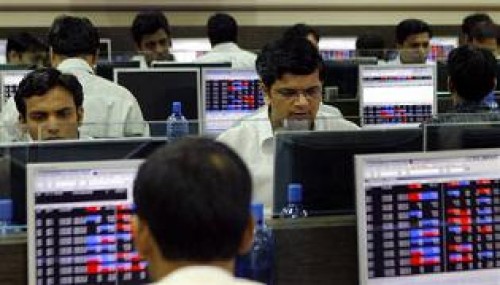
More News
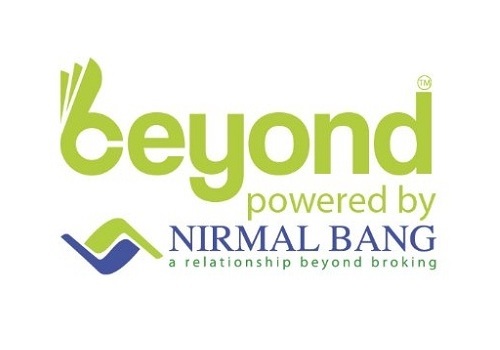
Indian stock markets ended flat in a volatile session, after falling sharply in early trade ...

